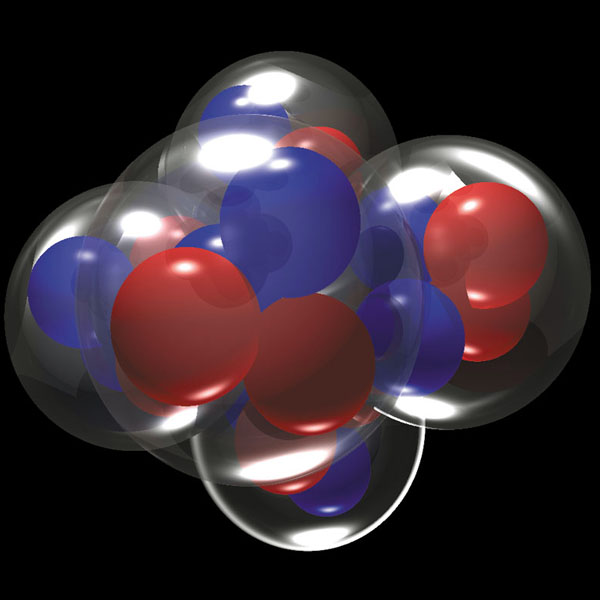Since the discovery of atomic nucleus in 1911 by Rutherford, the subject of Nuclear Physics has achieve a lot in the century. Rutherford demonstrated that the alpha particle scattering seen during his experiment can only be explained if there was a positively charged nucleus whose radius is of the order and the radius of the atom of the order
. Along with this Rutherford also suggested that the nucleus is very massive and contains almost all the mass of the atom in it.
Even though Rutherford definition of nucleus is the one we adopt and use, there were definitely some progress made even before Rutherford. The work if Becquerel in 1896 about the discovery of radioactivity and J.J. Thomson discovery of electron are worth mentioning. The work of isolating polonium and radium by Marie curie paved the way to more experiments on nucleus. During this time it was found that the radiation coming from radioactive substance can be classified into three like alpha-ray, beta-ray and gamma-ray.
Discovery of X-ray in 1895 by Roentgen and its diffraction study was also important in study of nucleus. Moseley’s experiment of X-ray spectra in 1913 helped in devising the concept of atomic number and this number became the main ingredient in creating modern periodic table. Using the Rutherford model of atom and Planck quantum of radiation, Bohr explained the hydrogen spectrum. This can be said as one of the first Quantum mechanical explanation regarding the nature of the nucleus. The contribution to Quantum Mechanics for explaining the nature of atom was done by great scientists like Dirac, Pauli, Heisenberg, Schrodinger and de Broglie.
Rutherford further studied about the nucleus and was able to conduct nuclear reaction in which he disintegrated nitrogen like
In 1932 the neutron was discovered by Chadwick. After this historic discovery, the full picture of atom emerged and it was proposed that the nucleus has neutrons and protons and almost had the same mass. This mass sum of proton and neutron is called the mass number. The particles of nucleus are called nucleons. The 3 famous particle of nucleus, electron,proton and neutron are however not the only particles that calls atom its home. There are numerous other particles which have been seen experimentally. In 1936 – meson was discovered by Anderson and Neddermeyer and the discovery of
– meson (another heavier meson) by Powell in 1946 has started a chain of discoveries of particles till this date. The latest string of development includes the finding of Higg’s Boson in 2012.






this is a good description!